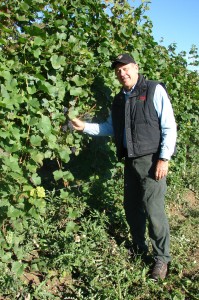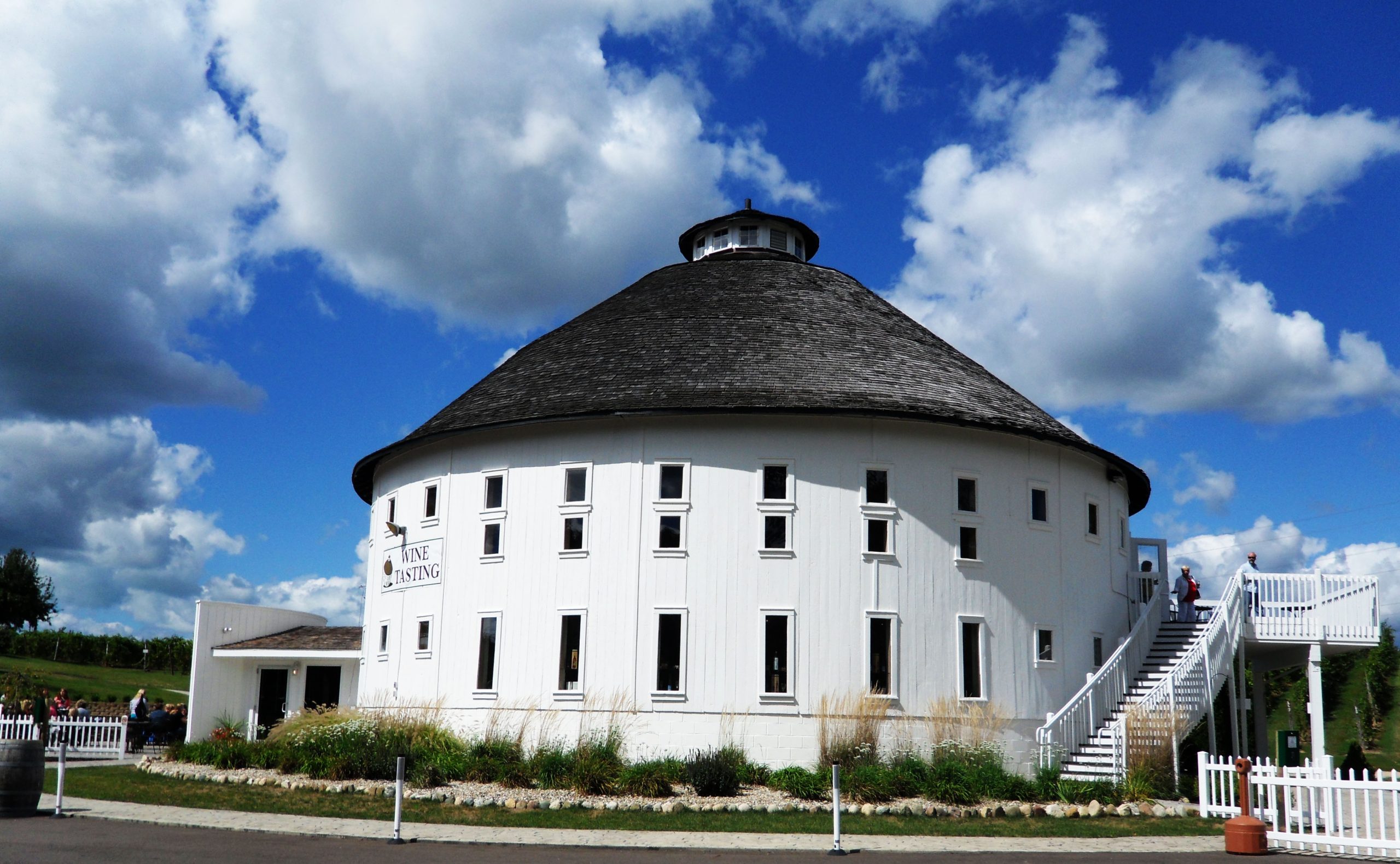Northeast Ohio’s First Wineries Still Going Strong
Driving through field after field of ripening grape vines in the Grand River Valley of Northeastern Ohio, it’s clear local growers are serious about growing grapes and creating world-class wines.
Two families — the Debevcs and the Ferrantes — have the longest memories in the area. Nick Ferrante’s grandparents bought the current winery and vineyard property in 1940. Seventy years ago, the Ferrante’s had a winery on the east side of Cleveland, and needed a steady supply of Concord grapes. Today, Nick operates Ferrante Winery and Ristorante with his brother and sisters.
Out With The Old
The Ferrante vineyard transitioned from Labrusca varietals to the early hybrid grapes in the 1960s. ‘We grew varieties like Cascade, that aren’t even planted anymore,” remembered Nick, ‘Now it’s all vinifera, plus a little bit of Vidal Blanc.”
‘There’s a lot of the different varietals being grown and planted here, and the area is transitioning because we have newer people involved, growing grapes and opening wineries. The local success is being seen by other people who go on to buy vineyard properties or start wineries.”
See related story: Offbeat Grapes Growing Across Midwest
When he met with Midwest Wine Press during mid-September, Ferrante had just harvested his Riesling. His operation works a 50 acre vineyard and distributes wine throughout Ohio, and even to Florida.
Exciting Harvest
Nick Ferrante is very excited about the 2012 crop, popping grape berries into his mouth and reveling in a sweet burst of intense flavors. ‘I think it will be one of the best that we ever do,” he said. ‘It’s been dry and the berries are concentrated. The flavors are really, really good. The grapes are ripe, and early.”
A few miles up the road, Tony Debevc, owner of Debonne Vineyards, concurs with Nick’s assessment of the harvest. Debecv never planned to get into growing grapes when he left home for Ohio State University and then the military. But his Dad had a plan to incentivize his son back home, and onto the farm.
Dad’s Plan
‘Back in the late 60s, the wine industry was just coming on,” he remembered. ‘Dad bought 55 acres from a neighbor in 1959 with the hope I would come back to work on the farm. Dad said he would sell the land to me for the same amount that he bought it from the neighbor farmer. That was $9,000. I decided to take him up on it. I wanted to start a winery.”
The original Debevc farm was primarily a Labrusca grape vineyard with varietals such as Concord, Niagara, and Catawba. But they also raised 20 head of beef cattle, grew grain and hay for the livestock, and sold the excess.
In 1971, the Debevc’s decided to buy a building and start Tony’s winery. ‘I was 23 years old and my dad was retired when my parents decided to support me in the wine venture.”
A Roadside Market Winery
‘Mother was the winery bookkeeper and retail manager. Dad continued to run the farm. I was going to make a roadside market winery, which was a popular idea at the time. But I wanted to do it in a modern way. I was really interested in French hybrid varietals. That developed into a mainstay, and I expanded the vineyard to the new varieties.”
His father was one of the first people in the area to use wind as frost protection, Tony recalls. Having heard about the effectiveness of frost fans in Washington State, the Debevc’s decided to build the fans themselves. So father and son erected wooden towers on which they placed World War II propeller aircraft engines to draw warm air down to their vineyard.
An Innovative Mind
Tony chuckles and shakes his head as he remembers how incredibly dangerous the early frost fans were. ‘But he (my father) proved to local farmers that the fans could raise the temperature about three degrees, which will take the temperature from 29F to 32F, for a few gallons of gas.” Wind machines still pepper the 170-acre farm, but they’re up to date versions that won’t cause him sleepless nights.
‘We were the first winery in the area after prohibition,” Tony said. ‘Now wine tourism here is huge.”
With 10 wineries now in the Grand River Valley and 25 in Northeast Ohio, the commitment to vinifera and quality wines strengthens. Wineries and growers continue to educate customers on the unique terroir on Cleveland’s doorstep, all thanks to the foresight of Ohio’s wine pioneers.
[wp_geo_map]






For information about the unnecessary and duplicate regualtion of Ohio wineries by the Ohio Department of Agriculture please see; http://www.freethewineries.com or http://www.facebook.com/FreeTheWineries